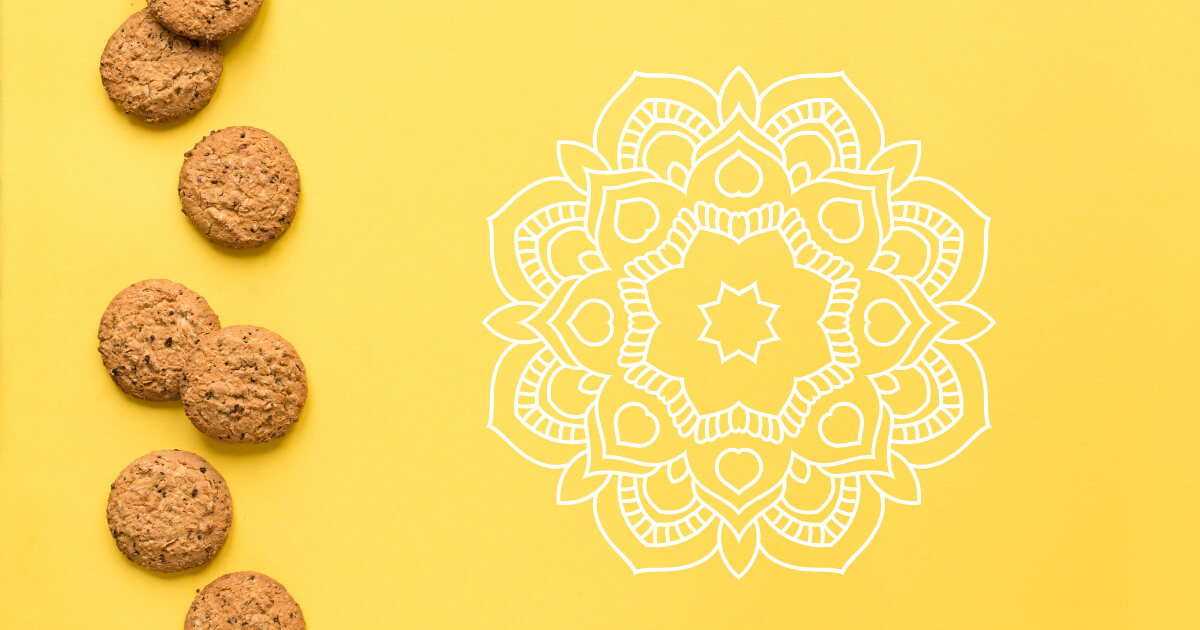Test your knowledge.
Hand-picked yoga wisdom cookies:
Nr. 1: The Three Bodies of Yoga
According to he ancient teachings of Yoga, man has three bodies and three associated minds, one in each of the three major dimensions of being.
The Physical body and it’s mind – consciousness
The Astral body and it’s mind – emotions/feelings
The Causal body and it’s mind – intelligence/wisdom
During spiritual growth, a man must ascend the evolutionary ladder trough theses dimensions step by step, gradually increasing his awareness of the higher realms. In this way man can liberate himself from limitations.
Nr. 2: Yin & Yang Tissues
A practice that focuses on exercising muscles and moving blood in Yang. A practice that focuses on connective tissues is Yin.
When we move and bend our joints doing yoga postures, both muscle and connective tissues are being stretched. The muscles are yang because they are soft and elastic, the connective tissues are yin because they are stiff and inelastic.
Yang yoga styles generally target the muscles and employ rhythmic, repetitive movements – Yin tissues could be damaged if they were stressed in this way. Our more plastic tissues appreciate gentler pressures, applied for longer periods of time in order to be stimulated to grow stronger.
Nr. 3: What is Chi?
Chi is vital energy, the life force. When chi gathers, life is formed, when it dies, so the body dies. The Chinese character for Chi is gas (or energy) setting atop the character for rice. Hence, the energy that is food.
There are many different types of chi, and all must be understood to understand the whole.
We listed the different types of Chi
- Yuan Chi – The original or “Before Heaven” chi, this is the chi that is immediately inherited at the time of conception. Nothing you do can change this type of chi.
- Gu Chi – This is “After Heaven” chi and is derived from food. It is the chi of the spleen.
- Kong Chi – This also is “After Heaven” chi but it is derived from air and is the chi of the Lung.
- Zong Chi (Chi of the chest) – The gathering of both the Gu Chi and the Kong Chi.
- Zheng Chi – the “normal” chi, it is the product of the Zong Chi being catalyzed by the Yuan Chi.
- Ying Chi – The nutritive Zheng Chi that nourishes the organs and tissue.
- Wei Chi – The defensive Zheng Chi that circulates on the surface of the body and protects it.
- Zangfu Zhi Chi – This is the Zheng Chi that flows through the organs.
- Jing Luo Zhi Chi – This is the Zheng Chi that flows through the meridians.
Nr. 4: What is the Meaning of Om?
Om is a mantra or vibration, that is traditionally chanted at the beginning and end of yoga classes. Perhaps you’ve heard it defined as “the sound of the universe” — but what does that really mean?
It unites us as a group. “When we sound om together, we’re aligning body/mind/spirit; we’re aligning with one another; we’re aligning with the universe because it’s the sound of the universe and we’re referencing something real,” says Bhavani Lorraine Nelson.
Om is made up of three syllables: A, U, and M, or, phonetically, “aaah,” “oooh,” and “mmm.” Experts say these syllables can represent a slew of trios, including: the heavens, earth, and the underworld.
Somehow the ancient yogis knew what scientists today are telling us—that the entire universe is moving. Nothing is ever solid or still. Everything that exists pulsates, creating a rhythmic vibration that the ancient yogis acknowledged with the sound of Om. We may not always be aware of this sound in our daily lives, but we can hear it in the rustling of the autumn leaves, the waves on the shore, the inside of a seashell.
Ommm.
Nr. 5: Patanjali’s Eightfold Path’:
The Eight Limbs of Yoga are wonderful fundamental principles found in the ancient text, Yoga Sutras, by Patanjali, an ancient Sanskrit scholar who wanted to make Yoga principles accessible to everyone. The eight limbs are as follows:
- Yamas
These sutras cover your external relationships, or the relationship you have to your environment and those around you. There are 5 sub-limbs to Yamas:
- Ahimsa – Non-violence
- Satya – Truthfulness
- Asteya – Non-stealing
- Bramacharya – Positive Sexual Conduct
- Aparigraha – Greedlessness
- Niyamas
This limb covers our internal relationship or the relationship we have with ourselves.
There are 5 sub-limbs to Niyamas:
- Santosha – Contentment
- Soucha – Cleanliness
- Tapas – Discipline
- Svadyaya – Study of Self
- Ishvarapranidana – Devotion to God
- Asana – These are physical postures/ asanas that open up the energy centers in the body allowing the flow of prana (life force, also called chi).
- Pranayama – The expansion and increase of prana in the body with the asanas / yoga postures, and as a separate practice. Also means, “controlling the life force”. Commonly over-simplified to refer to “breathing”.
- Pratyahara – Withdrawal of the senses from external noise/ distractions/ stimulation. This serves to prepare the mind for visualisation and concentration.
- Dharana – Concentration – learning the one-pointedness of the mind.
- Dhyana – Practising regular meditation so that the fluctuations of the mind or the internal dialogue ceases and you become calm and undisturbed by interrupting thoughts.
- Samadhi – The final goal: bliss/ enlightenment.
